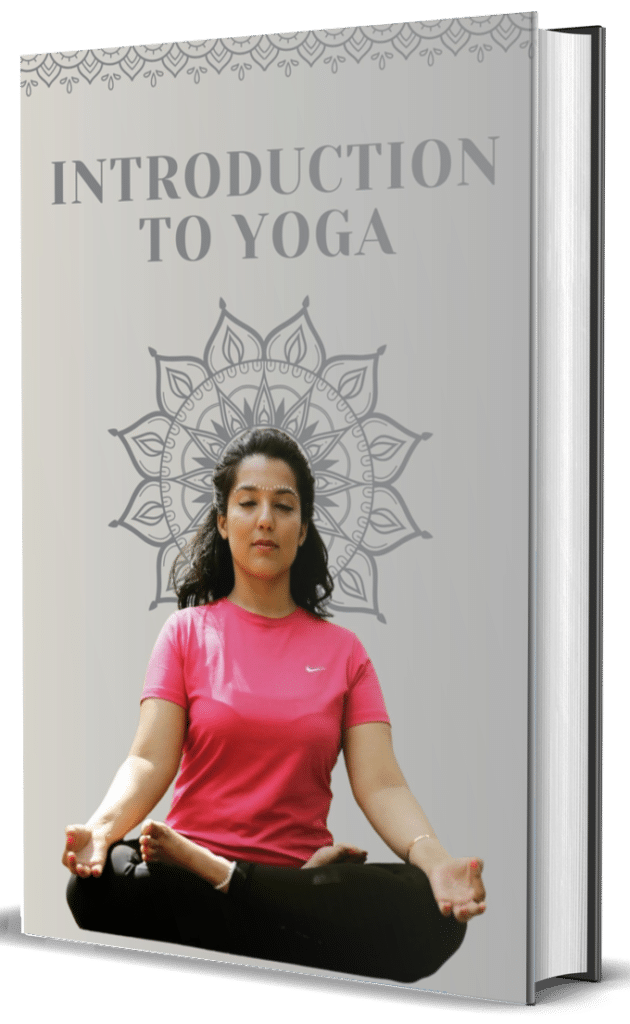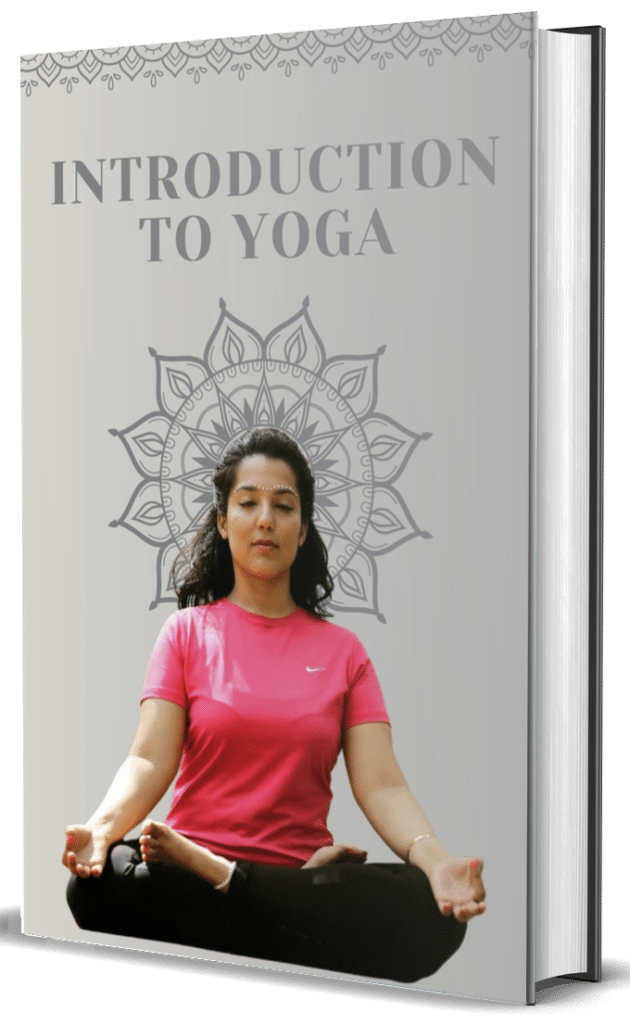Mula Bandha, often referred to as the Root Lock, is a subtle internal energy technique in yoga that involves the controlled contraction of the perineal muscles and pelvic floor. The term combines “mula,” meaning root or source, and “bandha,” meaning to lock, hold, or tighten. This practice represents one of the three primary bandhas in hatha yoga, along with Uddiyana Bandha (abdominal lock) and Jalandhara Bandha (throat lock).
Anatomically, Mula Bandha involves the conscious engagement of the perineum—the diamond-shaped region between the genitals and anus—and the entire network of pelvic floor muscles. When properly performed, practitioners experience a subtle lifting sensation at the center of the pelvic floor, precisely at the location yogic texts identify as the root of the central energy channel (sushumna nadi).
According to traditional yoga philosophy, Mula Bandha serves several important functions in the subtle energy system. It prevents the downward leakage of prana (vital energy), particularly the downward-moving energy current called apana vayu. By redirecting this energy upward to merge with the upward-moving prana vayu, Mula Bandha is said to kindle the digestive fire (agni) at the navel center and eventually awaken kundalini energy at the base of the spine.
Beyond its energetic aspects, Mula Bandha offers significant physiological benefits. The engagement of the pelvic floor muscles helps stabilize the lumbar spine and pelvis, potentially alleviating lower back pain and improving postural alignment. Regular practice strengthens the urogenital diaphragm, which can improve continence and reproductive health. The subtle contraction also stimulates the parasympathetic nervous system, contributing to a state of alert calmness.
In contemporary yoga practice, Mula Bandha is incorporated in various contexts. During asana practice, it creates core stability and supports safe, powerful movement. In pranayama, it helps contain and direct breath energy. In meditation, it supports an upright seated posture and enhances concentration. For advanced practitioners, Mula Bandha becomes an almost continuous subtle engagement throughout their practice, while beginners might initially practice it as a distinct technique before gradually integrating it more seamlessly.
Learning Mula Bandha typically requires patient, progressive practice and ideally personal guidance from an experienced teacher. Many practitioners find it helpful to begin by identifying and isolating the pelvic floor muscles through simple exercises before attempting to integrate the more subtle aspects of the practice.



